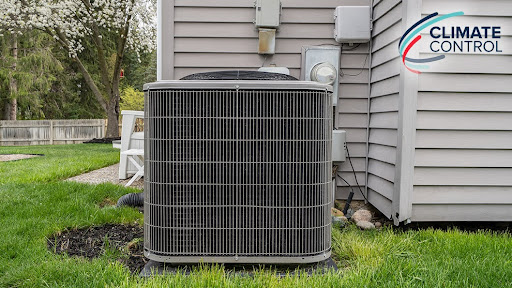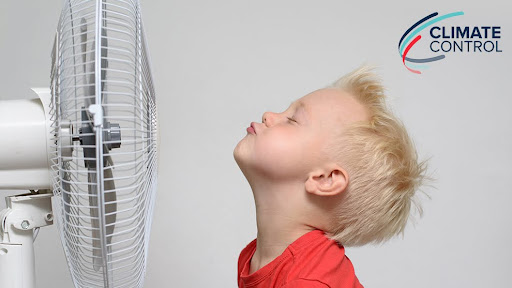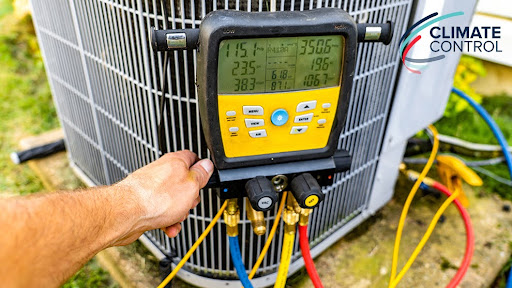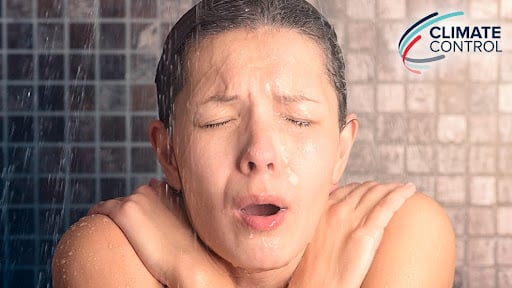There are many causes and types of air pollution which affect the air we breathe. While it’s understandable to think first of outside air quality, health experts make it clear indoor air quality (IAQ) is just as important and in many cases is much unhealthier than the air we breathe outdoors.
Air Quality Levels
Outdoor air quality is categorized by the air quality index (AQI). Pollutants in the air are measured then an AQI number is assigned including a color coding.
- Zero to 50 is green and means air quality is reasonable and no health effects are expected.
- Fifty to 100 is coded yellow and the air quality is determined to be moderate with acceptable risks.
- AQI 101-150 is color coded orange because the air is unhealthy. Generally, it’s no problem for a person who is in good health but can be an issue for people who are in high-risk groups.
- AQI 151-200 is color coded red and this is considered unhealthy for everyone, not just sensitive groups.
- When the AQI is 201-300, it is considered very unhealthy and is marked by the color purple. This is considered very dangerous for everyone.
- Finally, an AQI of 301 to 500 is usually triggered by some sort of emergency situation and will affect the entire population. These emergency warnings almost always come at a statewide level.
Science is Important But…
I think part of the problem when the talk turns to indoor air quality is that eyes glaze over when you start to talk about things like parts-per-million. So, let’s not talk so much about the science and exact regulations. Instead, let’s just focus on how we take the information provided by the scientists to make the air in your Glenwood Springs, Aspen, or Vail, CO home as healthy as possible.
A Worsening Situation
Experts agree poor IAQ is a more serious problem than it was a few decades ago. Part of the reason is because our homes are sealed up tight to cut heating and cooling bills. Without ventilation stagnant air traps air pollution trapped indoors.
Where to Start
Improving ventilation is a good starting point for improving IAQ. For example, wouldn’t it be great if we could just open the windows all the time? That’s pretty tough to do during the winter or even during the summer when mountain wildfires can fill the air with smoke and particulates. Climate Control Company does have solutions that will bring in more fresh air without compromising energy efficiency.
Measuring Indoor Air Quality
For our Comfort Club Members, Climate Control can also help you quantify the air quality in your home by setting up an Air Advice™ monitor. In as few as 30 minutes the fully automated monitor will provide test results for:
- Dust & particulate pollution
- Chemical pollutants
- Carbon dioxide level
- Carbon monoxide level
- Relative humidity
One it’s determined if you have an IAQ problem it’s easier to determine what strategy will work best.
There is a Renewed Focus
Indoor air quality is also getting newfound attention because of the COVID-19 pandemic. While there are no guarantees, Climate Control does offer advanced filtration and air purification devices to improve IAQ. Capable of removing and/or killing many disease-causing organisms, these devices will make your Glenwood Springs, Aspen, or Vail, CO home healthier now and during any future pandemics. If you are ready for a renewed focus on improving your indoor air quality, call now to schedule a no obligation estimate. Be sure to like and follow us on Facebook and Twitter for more great HVAC information.







